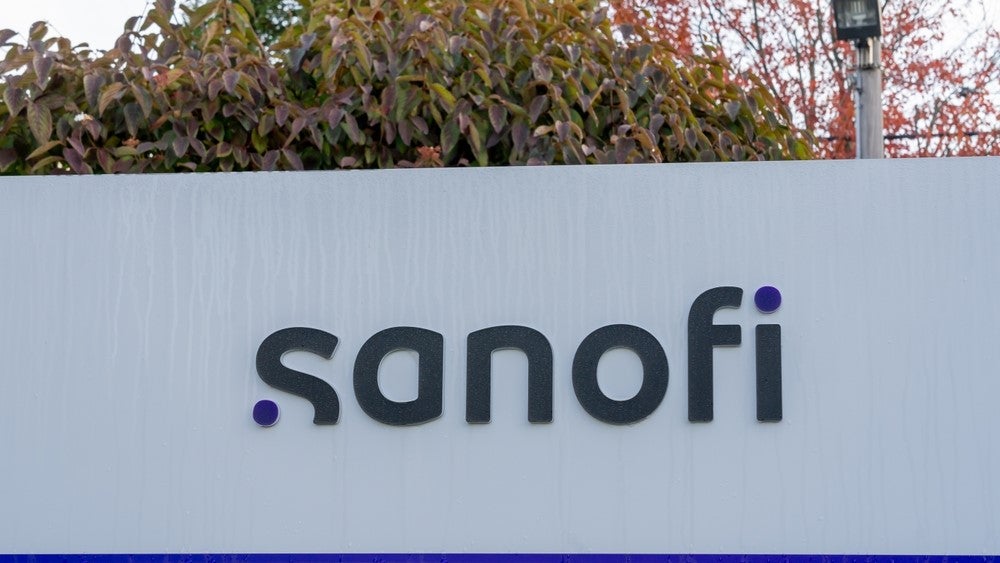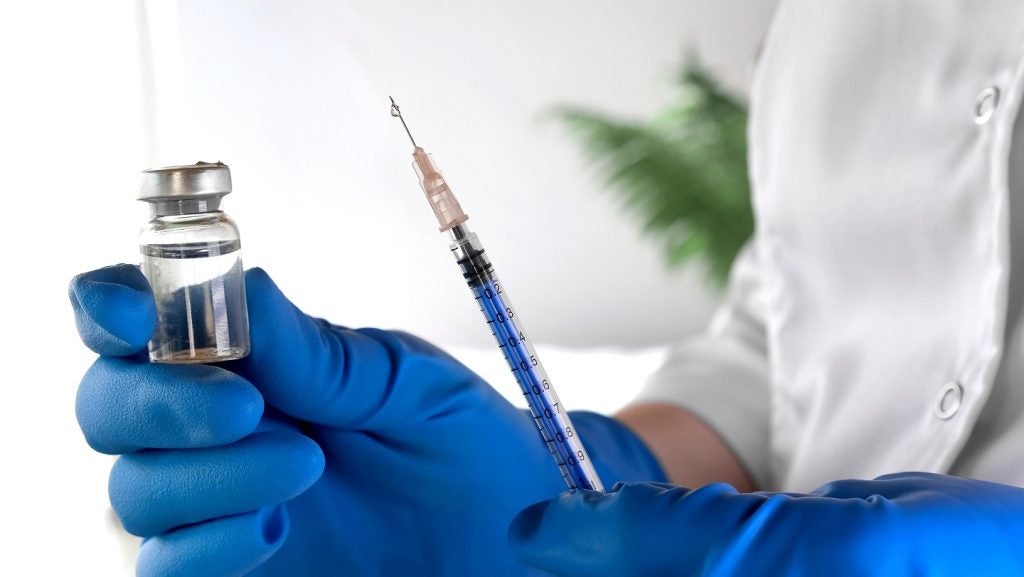
Despite equity analyst predicting strong enthusiasm for AbbVie’s atogepant and Biohaven Pharmaceuticals’ Nurtec ODT (rimegepant) for preventive migraine, approved monoclonal antibodies (mAbs) with the same target will remain vital contenders, experts said. Unanticipated early success with antibodies in specialty care, an expanding prophylactic market and likely underlying mechanistic differences between the two approaches suggest mAbs will continue to play a role in this space, they added.
Between the two small, oral molecules atogepant and Nurtec ODT, experts disagreed with analyst reports. Nurtec ODT’s every-other-day dosing provides an advantage over atogepant’s daily schedule, experts noted, adding the former could prove more difficult for compliance. Additionally, experts were mixed on whether Nurtec ODT’s likely dual preventive and acute label—another analyst-predicted advantage—would actually simplify compliance for patients by reducing the different types of medications required. Overall, they agreed similar efficacy and safety data indicate there is room for both gepants in the market, particularly considering multiple mAbs with the same target and similar profiles have had recent market success in the preventive migraine space.
Overall, although comfort with oral treatments could make the gepants clear winners among prescribing primary care physicians, migraine specialists who see the most severe patients and have experience navigating insurance barriers will continue to prescribe antibodies at a high clip, experts said. Antibodies require monthly or quarterly infusions or self-injections, which many patients have been unexpectedly receptive to administering, and most specialists are unlikely to switch current patients from what has generally been an effective and well-tolerated regimen, they added.
Additionally, clinicians have noticed differing responses to mAbs and small molecules, suggesting a differing underlying mechanism despite the same calcitonin gene-related peptide (CGRP) target, some experts noted. As a result, both varied patient dosing preferences and responsiveness make the convenience of oral dosing a less clear-cut advantage than some analyst reports have suggested. Still, the relative pricing of gepants and antibodies, which drew expert uncertainty, is likely to play a key role in driving uptake.
Atogepant has an FDA regulatory decision expected in 3Q, according to a 30 March press release. Nurtec ODT, which gained approval for acute migraine treatment in February 2020, has an expected PDUFA date for a prophylactic label in 2Q, according to a December 2020 company press release. Approved CGRP-targeting mAbs for preventive migraine include Amgen’s Aimovig (erenumab), Eli Lilly’s Emgality (galcanezumab) and Teva Pharmaceuticals’ Ajovy (fremanezumab), all of which gained FDA approval in 2018 or 2019.
In the acute migraine space, oral gepants have driven most new recent growth while mAb sales have plateaued; this preference for oral CGRPs will likely hold in the preventive space, said Charlie Conway, PhD, chief scientific officer, Biohaven. A spokesperson for AbbVie said the company is dedicated to addressing the unmet needs of those with migraine, and the atogepant results were promising, statistically significant and clinically meaningful.
How well do you really know your competitors?
Access the most comprehensive Company Profiles on the market, powered by GlobalData. Save hours of research. Gain competitive edge.

Thank you!
Your download email will arrive shortly
Not ready to buy yet? Download a free sample
We are confident about the unique quality of our Company Profiles. However, we want you to make the most beneficial decision for your business, so we offer a free sample that you can download by submitting the below form
By GlobalDataA GlobalData consensus forecasts peak sales of $494m for atogepant and a cumulative $1.78bn for Nurtec ODT in both acute and prophylactic treatment. AbbVie has a market cap of $194.22bn, and Biohaven has a market cap of $4.75bn. Nurtec ODT was approved for acute treatment in October 2020.
Evolving trends give mABs a continued role in prevention
In the absence of a head-to-head comparison trial of gepants and mAbs, there is not enough variation in efficacy among gepants and mAbs to suggest one drug or one class is superior, said Levi Sowers, PhD, research scientist, Molecular Physiology and Biophysics, University of Iowa, Iowa City.
However, head-to-head trials should give mAbs a clear path to gaining first-line treatment status in the prophylactic market, said Dr Egilius Spierings, medical director, Medvadis Research, Waltham, Massachusetts. Currently, patients must fail two other approved preventive treatments—such as calcium channel inhibitors, beta blockers or anticonvulsants—to qualify for a CGRP-targeting mAb, he added. The Phase IV HER-MES trial, which released topline results in November 2020 but is yet to release full results, showed the mAb Aimovig had a greater proportion of patients with at least 50% reduction in monthly migraine days (MMDs) compared to anticonvulsant topiramate, according to a company press release. Results like these could drive mAb uptake through insurer preferences while gepants remain later line preventive options, Spierings said.
Although clinicians and payers have traditionally favoured oral drugs over injectables across indications, this dynamic will not necessarily hold in the preventive migraine space, Spierings continued. Comparable efficacy and tolerability between gepants and mAbs, combined with a growing movement toward durable, less frequent medicine, means antibodies will often be preferred over the newer gepant class, he explained.
However, because most migraine treatments are prescribed by primary care physicians, well-tolerated and easy to take oral agents like Nurtec ODT set up a paradigm where oral gepants may be used in the first line for prevention, Biohaven’s Conway said.
While monthly injections of antibodies make sense for more severe migraine patients with more than 10–15 monthly attacks, the oral gepants could see strong uptake among patients with patterned migraine attacks, said Anne-Sophie Wattiez, PhD, postdoctoral research fellow, University of Iowa Healthcare, Iowa City. For these patients, prophylactic medication is only needed in specific situations, such as during predictable times of high stress or during menstruation, making the flexibility and shorter half-lives of oral gepants a clear advantage, she explained. Additionally, in the primary care setting where most preventive migraine treatments prescriptions occur, clinicians are typically more comfortable with oral drugs than injectables, explained Dr Jessica Ailani, director, MedStar Georgetown Headache Centre, Washington DC.
However, in the specialty care setting, many patients prefer long-term solutions like monthly antibody injections where they do not have to think about their condition daily, Ailani said. In this setting, patients have been more receptive to self-injections than expected, and have increasingly sought prophylactic care after mAbs first entered the market, she added. Once gepants enter the market, most specialists are unlikely to switch current antibody users away from what has generally been an effective and well-tolerated regimen, she said.
Beyond variable patient and clinician preferences, there are likely underlying mechanistic differences between the two classes despite their same CGRP receptor target, Ailani and Spierings agreed. Anecdotal evidence of variable responses, such as patients performing better on Nurtec ODT than on a mAb, or vice versa, suggests some patients are uniquely suited to one of the two classes regardless of their dosing preferences, Ailani explained. As a result, both will continue to play a role in the preventive space regardless of patient and payer preferences, she and Spierings agreed.
Nonetheless, both CGRP-targeted classes address a significant unmet need, and the already expanding niche population of patients will likely continue to grow, Spierings and Ailani agreed. Around 40 million people have migraines, among which 40% should be on preventive care, Ailani said. However, only about 13% of patients with migraine actually take preventive medication, and roughly 5% of patients are on antibodies, she noted.
Additionally, Conway noted gepants and mAbs could effectively see use in tangent, citing a case study of two refractory migraine patients who had success on Aimovig alongside Nurtec ODT (Mullen, K., et al., Neurology, 13 January 2020).
Experts mixed on Nurtec ODT’s dosing advantage, high on gepants’ safety
While an analyst report suggested Nurtec ODT’s every-other-day dosing gives it an advantage over atogepant’s daily regimen, a more infrequent dosing schedule would worsen compliance, as it can be difficult for patients to track off days and on days, Ailani said. Spierings agreed patients would have more success with atogepant’s daily schedule, adding he would prescribe Nurtec ODT on Mondays, Wednesdays and Fridays to limit confusion and increase compliance.
Ailani, Wattiez and the report agreed Nurtec ODT’s likely dual label as both a preventive and acute treatment will make it easier to use and prescribe than atogepant. In the primary care setting where there is less familiarity with the nuances of treating and preventing migraine, the dual label could prove particularly appealing for clinicians and patients to reduce the number of prescriptions, Ailani explained.
However, for compliance, patient uncertainty over how often to take Nurtec ODT when they have acute attacks while also taking the drug prophylactically could cause unnecessary confusion, Spierings said. Also, whenever there is confusion, patients normally have the worst compliance, he explained.
Nevertheless, with multiple mAbs successfully in the preventive market, there is clearly room for multiple gepants in the same space, Wattiez said. The gepants also have strong safety, which experts agreed was in line with the safety of mAbs. In atogepant’s Phase III, the most common adverse events (AEs) were constipation in 6.9–7.7% of patients in treatment arms and 0.5% of placebo patients, and nausea in 4.4–6.1% of patients in treatment arms and 1.8% of placebo patients. In Nurtec ODT’s Phase II/III, 36% of patients in the treatment group and 36% of patients in the placebo group reported an AE, and study discontinuation occurred in 2% of placebo subjects compared to 1% of treatment subjects.
Still, the lack of any constipation adverse event in Nurtec ODT could provide differentiation over atogepant, Conway said. Other experts agreed this was possible, but said real-world clinical experience with the side effect, among other study results, would be necessary to influence prescriptions.
Uncertainty over relative pricing of antibodies, gepants
Payers are likely to view the safety and efficacy of both gepants and mAbs as equivalent, meaning the cheaper option is likely to see higher payer preference and bolstered uptake, Ailani and Spierings agreed.
The Phase III ADVANCE trial found atogepant reduced the placebo-adjusted number of MMDs by 1.2, 1.4 and 1.7 days for daily doses of 10mg, 30mg and 60mg, respectively. For Nurtec ODT, a Phase II/III found every-other-day dosing reduced placebo-adjusted mean MMDs by 0.8. Meanwhile, injectable mAbs have shown a reduction of 1–2 mean MMDs in Phase III clinical trials.
Traditionally, small molecules have been priced significantly lower than mAbs, meaning patients who qualify for a CGRP-targeted therapy would start on gepants and require prior authorisation to move to a mAb, if this holds true, Ailani said. However, thus far, CGRP antibodies have been priced much lower than expected, costing around $600 per month, Spierings said.
Nurtec ODT costs more than $100 per pill on its acute label, meaning a similar price tag for every-other-day prophylactic dosing would cost roughly 2–3 times that of the average antibody, Spierings said. Because insurers will favour the lowest priced option, both gepants would need a significantly lower price than Nurtec ODT’s current rate to be competitive, he explained.
While Conway declined to comment on specific pricing plans for Nurtec ODT, he said the dual label eliminates the need for a second acute prescription, and added patients and payers are often willing to pay for innovation, such as the drug’s more convenient oral dosing.
William Newton is a Healthcare Reporter for Clinical Trials Arena parent company GlobalData’s investigative journalism team. A version of this article originally appeared on the Insights module of GlobalData’s Pharmaceutical Intelligence Center. To access more articles like this, visit GlobalData.








Related Company Profiles
AbbVie Inc
Eli Lilly and Co
Amgen Inc